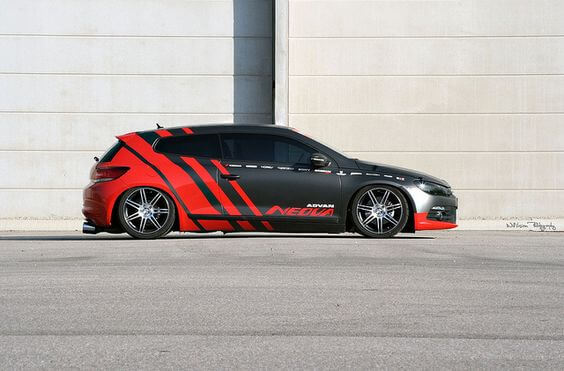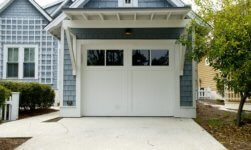
Tyres are the sum of all parts that are built specifically for grip and traction. Treads are one of those parts consisting of grooves and ridges to flush out water and ensure maximum rubber contact. Treads are crucial for wet grip handling, and they maintain the vehicle’s stability. Different season tyres have different tread depths to adapt to specific situations. The winter tyres, for example, have deeper treads with horizontal slits to cut through ice and snow effectively.
However, the minimum recommended tread depth is 1.6 mm for optimum and safe handling. Additionally, treads also come in several patterns and designs to adapt according to different terrains and conditions. Therefore, it is crucial to see if the treads suit your needs and requirements when buying a tyre. Here is an article to tell you everything you need to know about treads if you are new to the tyre market.
What Constitutes a Tread?
Treads are not simply one uniform design running all over the Tyres Online Coventry for grip and handling. Instead, it is made of several small parts that serve specific purposes and define the tyre’s performance. The channel that runs on the tyre’s edges or circumferentially is called grooves.
Similarly, the raised part of the tread pattern is known as ribs. Ribs are in the form of small tread blocks. The tread blocks are the rubber segment that comes in contact with the surface. These tread blocks are sometimes made of small thin slots known as sipes.
All these minor parts work together to ensure minimum noise, maximum aquaplaning resistance and stable corner steering. The arrangement of these parts in a unique pattern determines the tyre’s performance in different conditions. When arranged effectively, these parts prevent skids and slides on slippery surfaces.
Symmetrical Tread Patterns
As the name suggests, symmetrical treads follow the same pattern on both halves of the tyre. This pattern ensures complete directional stability with easy handling and control. The symmetrical nature also provides flexibility during tyre rotation because of similar treadwear throughout. Therefore, symmetrical treads are preferred in dry grip tyres.
Since the grooves and ridges are arranged in the same manner, only one frictional force acts. Therefore, there is a reduced rolling resistance experienced by these tyres, which is good for fuel efficiency and longevity. However, having a specific tread design adversely affects the adaptability; hence, these tyres do not perform well under wet conditions.
Directional Treads
Directional tread pattern runs in one specific direction. The treads have grooves in the shape of an arrow or a V. The directional tread pattern is highly aesthetic and ensures high performance. The arrowhead design is very effective in aquaplaning resistance at high speeds. And, this pattern has a very advanced adaptability feature. That means it forms efficiently on snow and ice as well. Therefore, you are likely to spot directional treads on all-season tyres.
However, unidirectional treads reduce flexibility during rotation. And they can be rotated only vertically. That means the front tyre can be switched with only its rear one. Otherwise, the treads’ orientation will change, which will hamper the performance.
Asymmetric Treads
Asymmetric treads follow two different patterns on the tyres for optimum hybrid performance. One tread pattern runs along the tyre’s edges to maintain stiffness and form to ensure complete stability during high-speed corner steering. The other distinct pattern runs along the tyre’s middle area.
These treads are meant to flush water and snow at high speeds and maintain a full grip on wet roads. Asymmetric treads are mostly found on very high-performance sports cars. The wet grip curve handling on these tyres is excellent, so they fall in the premium category.
However, Car Online Coventry with asymmetric treads can only be rotated in a particular direction, mostly vertical. Hence, always take note of the sidewalls markings before going for tyre rotation.






